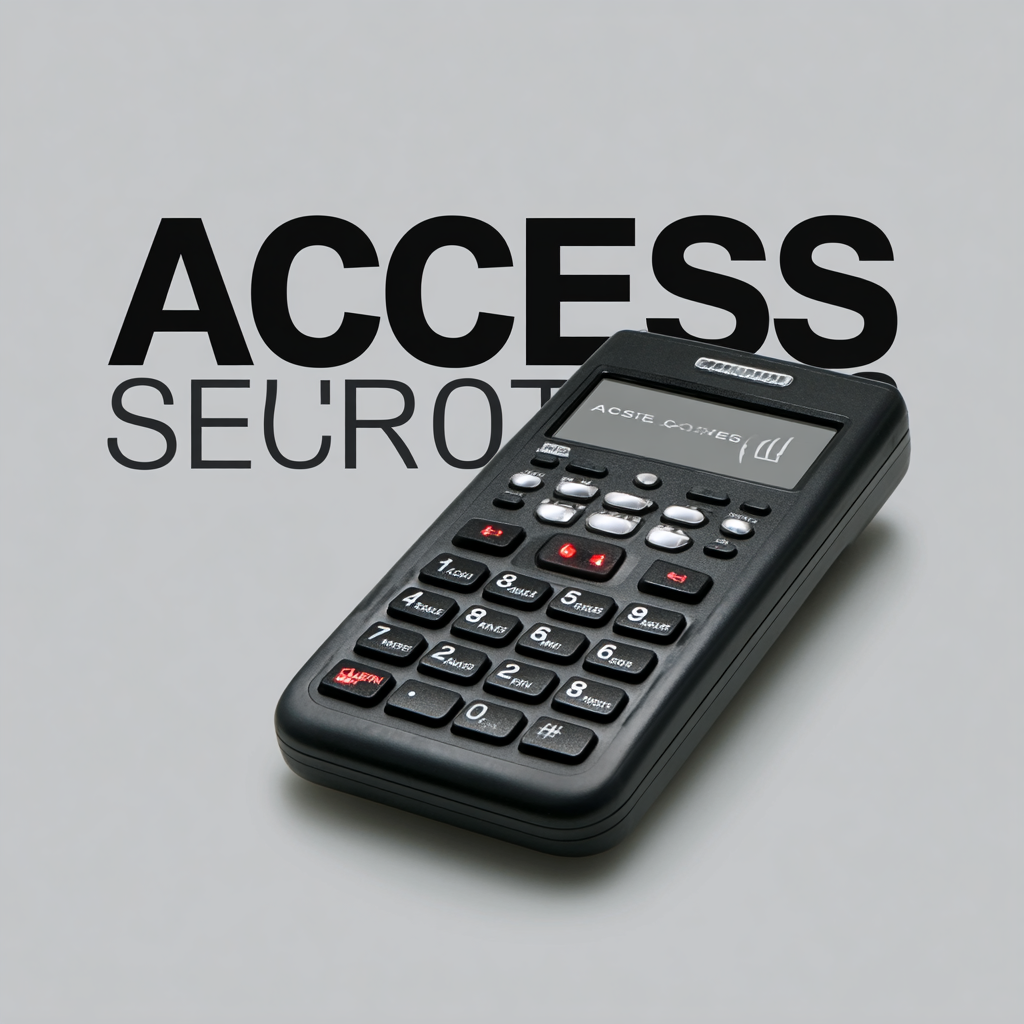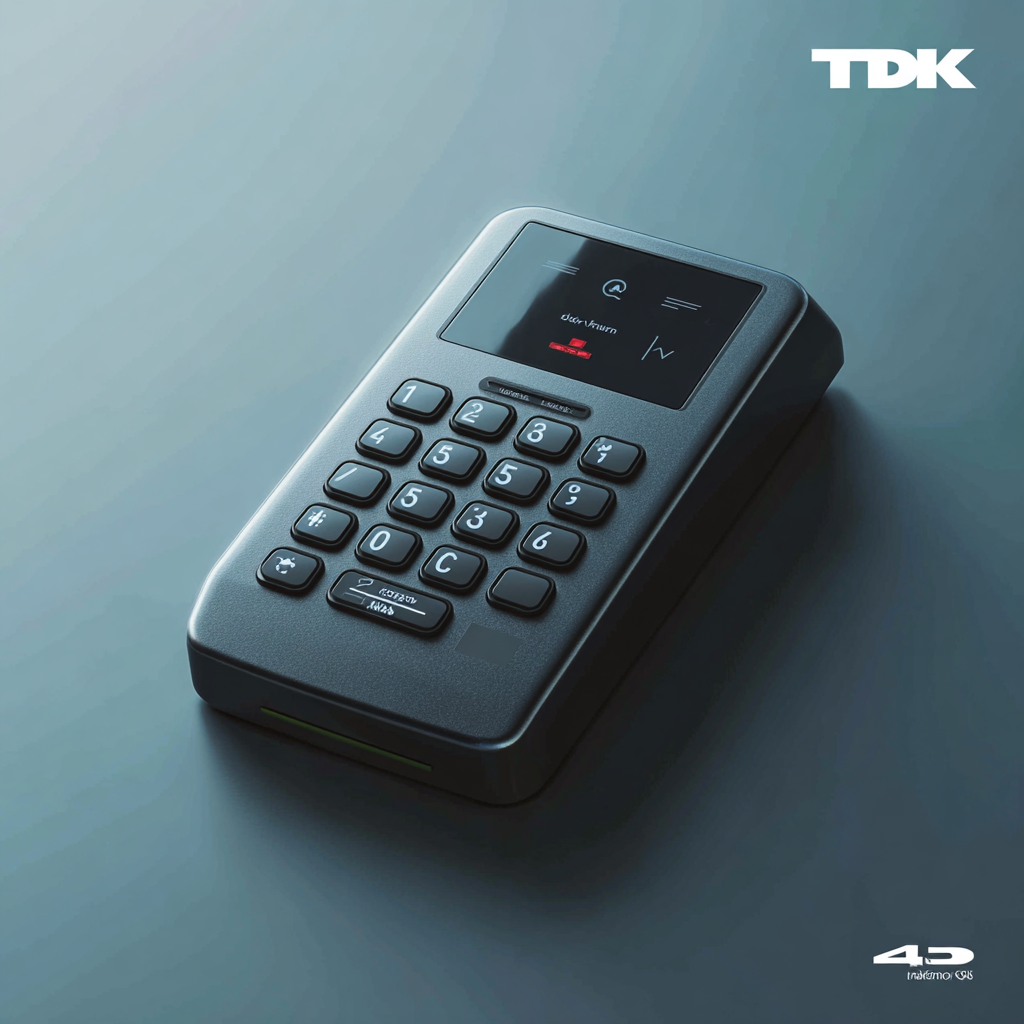Unlocking Safety and Convenience with the Best Access Control Security Solutions
In today's rapidly evolving security landscape, "Access Control Security" has become a fundamental component for safeguarding assets and ensuring seamless access to facilities. According to a report by MarketsandMarkets, the global access control market is projected to grow from USD 8.3 billion in 2020 to USD 12.2 billion by 2025, reflecting a compound annual growth rate (CAGR) of 8.2%. This surge underscores the increasing demand for robust security solutions that not only enhance safety but also improve operational efficiency. Businesses and organizations are increasingly adopting advanced access control systems that integrate digital technologies such as biometric verification, mobile credentials, and cloud-based management, thereby redefining traditional security measures. By unlocking the potential of cutting-edge access control solutions, organizations can ensure both security and convenience, mitigating risks associated with unauthorized access while streamlining user experiences.

Understanding Access Control Security Solutions
Access control security solutions are vital in today’s landscape where digital and physical security are increasingly intertwined. These systems help organizations manage who can access their facilities, data, and assets. According to a report from Mordor Intelligence, the access control market is projected to grow at a compound annual growth rate (CAGR) of 8.31% from 2021 to 2026, driven by the rising need for security in critical infrastructures and organizations.
AWS Identity and Access Management (IAM) exemplifies how robust access control can protect cloud resources effectively. With IAM, organizations can define who can access resources and under what conditions, reducing the risk of unauthorized access. Furthermore, as cyber threats such as remote access trojans (RATs) become more prevalent, integrating advanced security technologies, such as multi-factor authentication and smart surveillance, significantly boosts the efficacy of access control systems. A study by Research and Markets highlights that the integration of smart security technologies can effectively manage risks, potentially decreasing security breaches by 30%.
The growing emphasis on smart technology in access control not only enhances security but also improves operational convenience. By adopting systems that can seamlessly integrate with existing infrastructure, organizations can streamline their security protocols, ensuring compliance while maintaining a user-friendly environment. This dual focus on safety and convenience underscores the importance of choosing the right access control security solutions for businesses today.
Unlocking Safety and Convenience with the Best Access Control Security Solutions
| Access Control Type | Description | Advantages | Ideal Use Cases |
|---|---|---|---|
| Keypad Systems | Access via numerical codes. | Cost-effective, easy to install, no physical keys needed. | Residential buildings, small businesses. |
| Card Readers | Access granted via identity cards or fobs. | Scalable, secure, easy to revoke access. | Offices, corporate environments. |
| Biometric Systems | Authentication through fingerprints, facial recognition, etc. | Highly secure, unique to individuals. | High-security areas, data centers. |
| Mobile Access Control | Use smartphones for access via apps. | Convenient, enables remote access management. | Modern buildings, tech-savvy environments. |
| Intercom Systems | Audio and visual communication for access control. | Enhanced security, visitor management. | Residential complexes, gated communities. |
Key Features to Look for in Effective Access Control Systems
When choosing an effective access control system, several key features should be prioritized to ensure both safety and convenience. Firstly, scalability is crucial; organizations often grow or change, and their access control solutions need to adapt accordingly. A system that can easily integrate new users, locations, or even different access methods will provide long-term value. Moreover, a user-friendly interface is essential for efficient management. Administrators should be able to easily add, remove, or modify user access without extensive training or technical knowledge.

Another significant aspect to consider is the level of automation offered by the access control system. Modern solutions incorporate advanced technologies such as biometric scanning and mobile access, providing enhanced security and user convenience. Additionally, robust reporting and tracking features enable organizations to monitor who accesses specific areas and at what times, assisting in maintaining compliance and improving security protocols. By focusing on these key features, businesses can unlock the full potential of access control security solutions, ensuring a safe and efficient environment for both employees and visitors.
Comparing Traditional vs. Modern Access Control Solutions
As businesses increasingly prioritize security and convenience, the comparison between traditional and modern access control solutions becomes crucial. Traditional systems, such as mechanical locks and keys, have served their purpose for decades but come with notable vulnerabilities. According to a report by Security Industry Association, 30% of businesses report increased vulnerability due to lost or stolen keys, resulting in significant financial losses averaging $5,000 per incident.

In contrast, modern access control solutions leverage advanced technologies like biometric scanners, smart cards, and mobile credentials. A 2022 study by MarketsandMarkets estimates that the global access control market will reach $11.77 billion by 2026, showcasing the rapid adoption of more secure and convenient options. Modern systems not only enhance security by reducing the likelihood of unauthorized access but also streamline management through centralized software platforms. These innovations empower organizations to monitor entry points in real-time, making the transition from traditional methods to modern solutions a pivotal move for ensuring heightened safety and operational efficiency.
Integrating Access Control with Smart Technology for Enhanced Safety
In today’s rapidly evolving construction landscape, the integration of smart technology into access control security solutions is paving the way for a new era of enhanced safety and convenience. As advanced informatic technologies like AI and IoT transform buildings into intelligent ecosystems, the need for robust access control measures becomes paramount. Smart technology allows for real-time monitoring and data collection, enabling seamless control over who enters and exits facilities while ensuring that sensitive areas remain protected. This modernization not only mitigates risks but also enhances user experience by providing convenient access solutions.
As the population surges and energy demands increase, the concept of smart buildings becomes ever more relevant. These structures can incorporate IoT-enabled energy hub systems that optimize energy efficiency while maintaining high security standards. The synergy of smart technology and access control results in an environment that is both secure and efficient, facilitating a significant leap towards sustainability. By integrating cutting-edge technologies into access control frameworks, businesses can better safeguard their assets, adapt to evolving threats, and contribute to a smarter, safer future.
Best Practices for Implementing Access Control in Various Environments
Implementing effective access control security solutions is critical across various environments, from corporate offices to healthcare facilities. According to a report from Research and Markets, the global access control market is anticipated to reach $10.43 billion by 2025, emphasizing the growing need for robust security measures. Organizations should assess their specific security needs and select systems that offer scalability, flexibility, and integration capabilities with existing infrastructure.
Tip: Regularly evaluate your access control policies to adapt to emerging threats and technological advancements. For example, the implementation of biometric systems can enhance security while streamlining user access. Data from the Security Industry Association indicates that 50% of organizations are shifting towards more advanced biometric access solutions, reflecting their effectiveness in minimizing unauthorized access.
Another best practice is to conduct thorough training for staff on access control protocols to ensure compliance and understanding. The National Cyber Security Centre highlights that human error remains one of the top vulnerabilities in security systems. Therefore, ongoing education and awareness campaigns can help mitigate risks associated with improper access management.